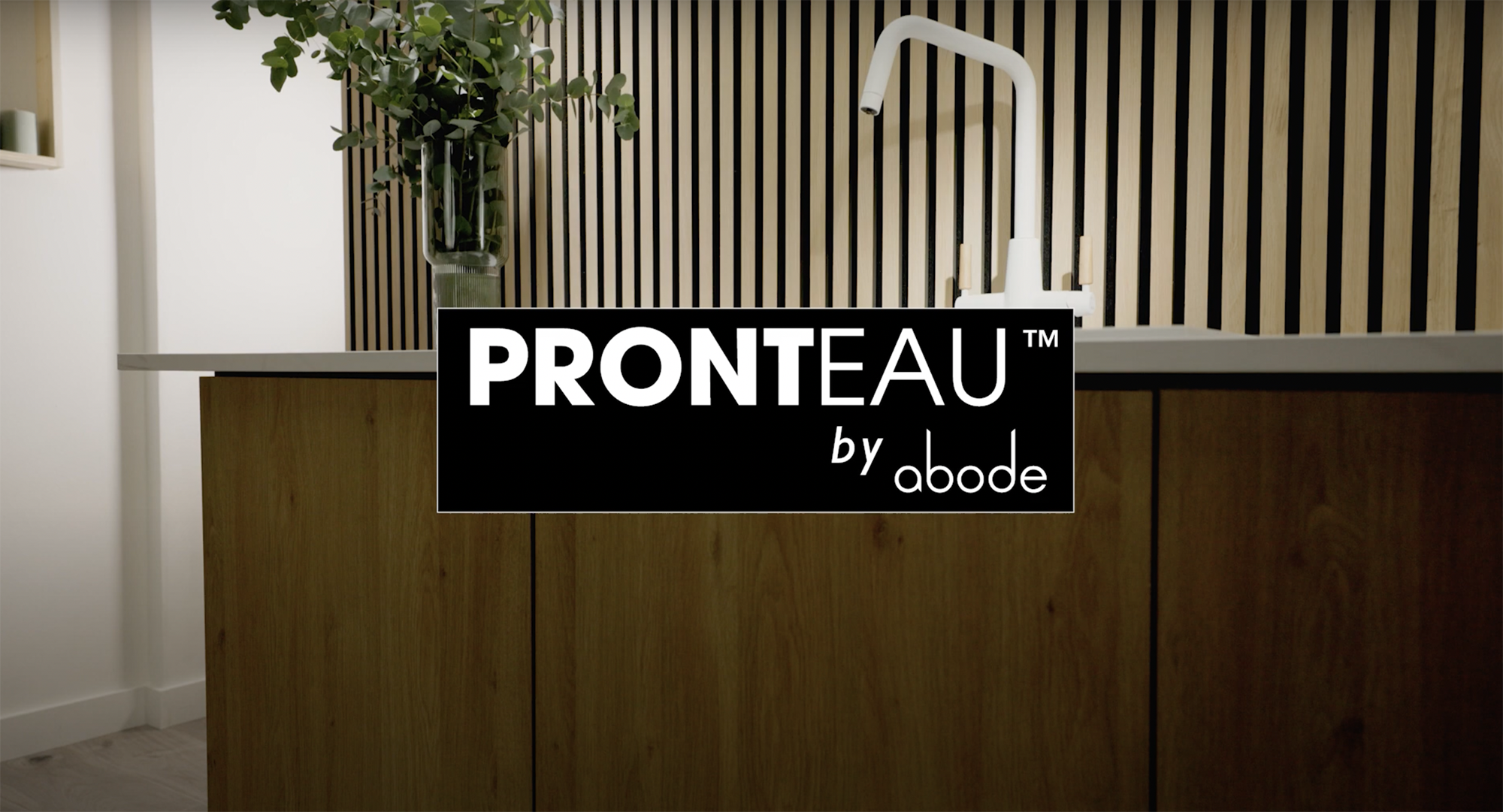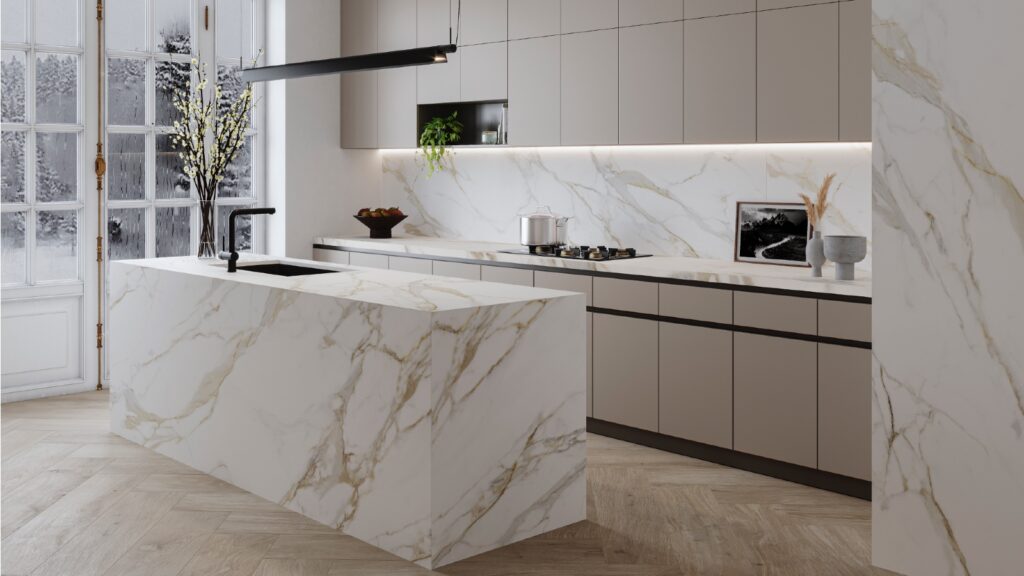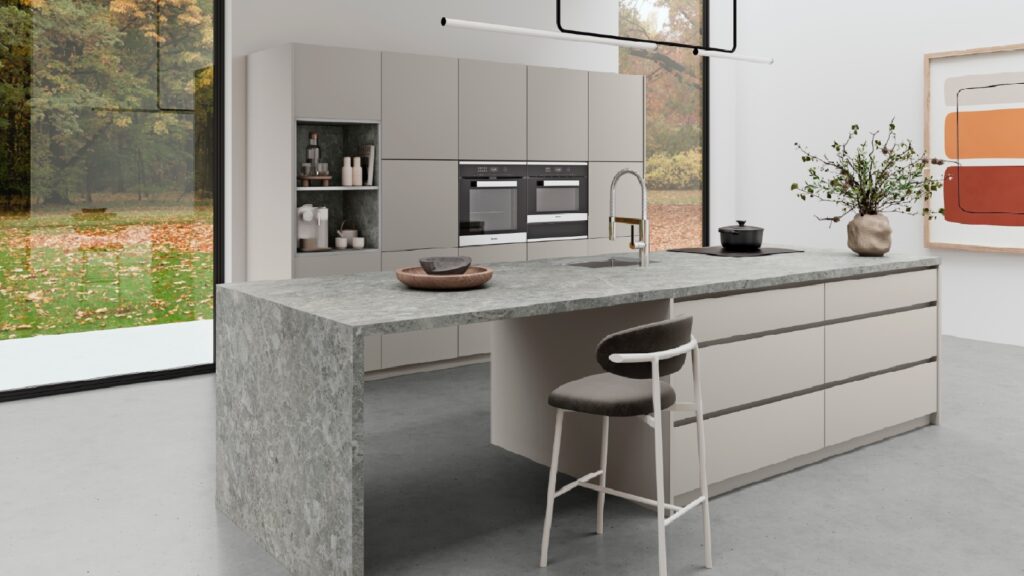Tom Reynolds, chief executive of the Bathroom Manufacturers Association (BMA), outlines how consumer satisfaction and water efficiency can be achieved

A few weeks back, you probably saw confusing media coverage suggesting that Government Ministers were considering banning power showers and dual flush loos.
Defra has clarified its position, saying this isn’t its intention. However, in its ‘Integrated Plan for Water’, Defra intends to develop “minimum product standards for showers, taps, and toilets” to ensure these devices are water efficient.
Sponsored Video
While we would expect that Defra looks to examine the current standards for these devices to meet ‘efficiency’ aims, the whole debacle made me reflect on the ongoing challenges surrounding these two devices.
Power showers
First, to the power shower. On the face of it, they sound like a way to use much more water than a ‘regular’ shower, but that’s not the case.
Many areas of the UK suffer from poor or variable water pressure, so a ‘boost’ is often required to deliver a ‘regular’ showering experience.
To be blunt, a consumer will not tolerate a trickle of water when showering.
As much as we want to reduce water usage and manage the energy costs of a shower, it must also deliver a minimum level of ‘satisfaction’, or consumers will be left frustrated and seek alternatives.
Dual flush WC
Second, the dual flush loo. In the last two decades, innovations like the dual flush valve have allowed consumers to reduce their water use, lowering flush volumes from 13 to just four litres.
Awareness of which button to use is still a challenge, as is ‘leaky loos’. However, as with any mechanism, toilets need occasional maintenance of the flush valve seals. A routine wipe or replacement of the valve will maintain their performance.
Customers must remain informed of their options when it comes to ‘power showers’ or dual flush loos so they can make responsible decisions about water consumption.
Thus, retailers have a vital role in providing efficient products and educating customers on ways they can save water while still achieving satisfaction.



